Urban Hiking: City Adventures on Foot
Urban hiking is quickly becoming popular. This is especially true during the pandemic when we are limited in travel. Hiking within your own city can be a fabulous experience. But even when travel is possible, urban hiking is a unique and exciting way to explore new cities. This article will tell you what urban hiking is and why you should try this amazing form of exercise.
This post contains affiliate links. As an Amazon Associate, I earn from qualifying purchases.
I moved to the city I am currently living in by choice. It was no accident that I picked this area of the world. I fell in love with the beauty of the surrounding forests and lakes. There are plenty of backcountry hiking adventures here. But what I wasn’t expecting was all the hiking trails located inside the city itself. There is an abundance of urban hiking opportunities right here in my own backyard.
I also love exploring other cities by foot. The views are different when you walk around urban trails. I have met the most wonderful people. And I have seen some amazing scenery. The photos in this article were taken on some of my walking adventures in different cities. It truly is a beautiful way to sightsee.

What is Urban Hiking?
If you look up urban hiking you will get different definitions. The Urban Dictionary has two definitions. The first one defines it as “shopping”. I suppose this is a humorous way to look at it. But I like the other definition much better.
“Urban Hiking is the exploration of diverse urban environments on foot.” – Urban Dictionary
This is the form of urban hiking that has the most appeal. The key words are “exploration” and “on foot”. Urban hiking can be an adventure into the wilds of any city.
How is This Different from A City Walk?
Urban hiking is so much more than a city walk. While you are essentially walking in a city, it is the adventure of this walk that sets urban hiking apart. You are exploring the city, not simply using your feet as transportation.
Urban hikes are usually longer than a simple city walk. And they aren’t usually linear routes.
City walks usually take you from point A to point B. But an urban hike can take you on a meandering course that lets you uncover a wealth of sites, sounds, and smells. You soak up your surroundings with every footstep. And you never know what you can discover along your way.
There are different intentions. The destination and exercise are the usual goals of a city walk. But for an urban hike, your goal is to explore whatever may come your way. You enjoy the journey just as much, if not more, than simply arriving at your destination.
City walks usually involve side walks or road. But an urban hike often takes you off road into parks or forested conservation areas. The terrain of a hike is often a trail rather than pavement. However, paved trails inside of a city park can equate to an urban hike too.

What are the Benefits of Urban Hiking?
Urban hiking combines the physical benefits of exercise with mental health and spiritual benefits. It truly is good for your body, mind, and soul.
Most people are aware of the physical benefits of walking. It is a physical activity, so can help with circulation, lower blood pressure, and improve heart health. It burns calories and can help with weight control. And because it is a weight bearing activity, it can help keep bones strong and reduce the risk of osteoporosis. Walking is a fabulous exercise for those recovering from illness and can help reduce risk for diseases, such as diabetes and cancer.
But there are additional mental and spiritual benefits that hiking has over simply walking. Hiking distances you from the stress of daily life. It helps reduce stress and clears your mind. It gives you an appreciation for nature and connects you to something larger than yourself. It grounds you and can calm your emotions. Hiking can reduce anxiety and feelings of depression. It boosts your mood and can even make you happy.
And with urban hiking, you don’t have to travel far to experience these benefits. You can find them in your own city’s backyard.
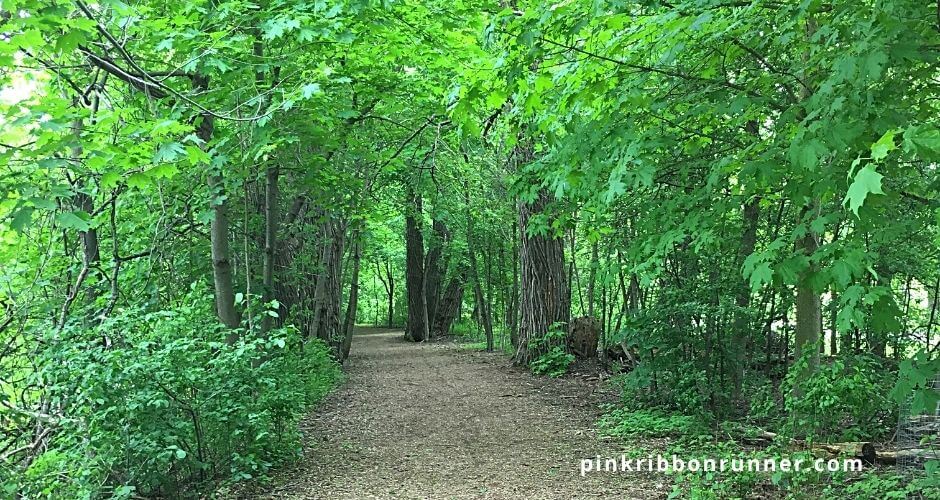
Can You Really Hike in a City?
In 2016, the World Health Organization released its report on Urban Green Spaces and Health. Their recommendations were that urban resident should have adequate access to nature. Smart cities build and conserve natural areas to enhance the health and well-being of its citizens. Many cities are taking this to heart. Access to parks and conservation areas are prevalent in many urban centers all over the globe. And most of these areas have trails, either paved or natural for easy access.
So, yes, you really can hike in a city. I encourage you to find green space in your own city or the cities that you travel to.
“Green spaces and other nature-based solutions offer innovative approaches to increase the quality of urban settings, enhance local resilience and promote sustainable lifestyles, improving both the health and the well-being of urban residents.” – World Health Organization
Where do I find Green Space to Urban Hike?
There are several ways you can discover natural areas in a city. One of my favorite ways is Google maps. Here you can simply type in the search bar “trails” or “hikes”, and up pops a choice of trails near your current location. You can also search “hikes in New York City”, for example. And, again, you will have a choice of green spaces to explore.
There are also apps and websites full of wonderful urban hikes. AllTrails is one such app that lets you explore trails in many different cities worldwide. You can pick your difficulty level, distance, and duration, among other features, to choose the perfect trail. They even have lists for wheelchair friendly and dog friendly locations. You can use the app for free, but there is a paid version that has many more features, if you do a lot of hiking.
Other sources for picking the perfect trail are tourist information centers and city website pages. Many cities have hiking associations that know their city trails inside and out. Ask around. Other hikers are usually delighted to help you find some fabulous adventures.
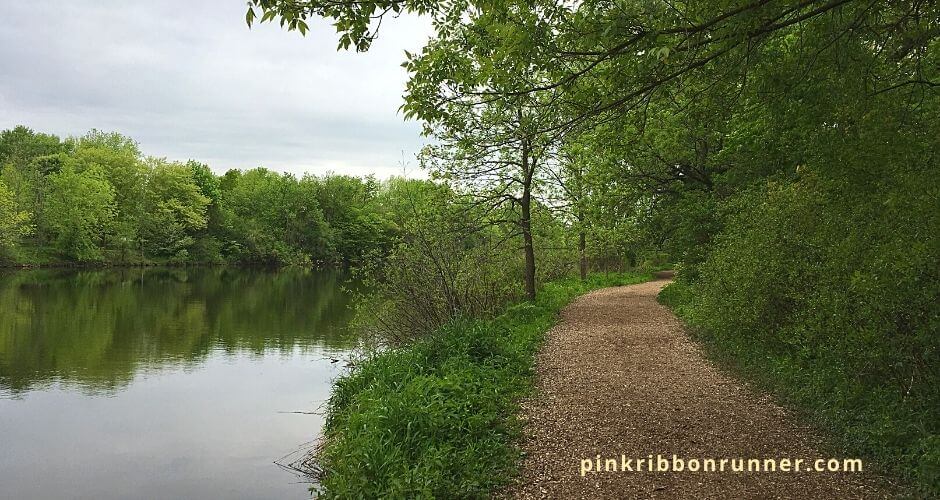
How Do I Start Hiking in My City?
So, have I convinced you to do some urban hiking? Before you head out there are some things you need to consider.
What Urban Hiking Gear Do I Need?
The most important gear for any urban hiker is shoes. You want a shoe that is comfortable and is suited to the terrain you will be walking on.
If you are walking along pavement or well packed trail, then a good pair of walking shoes might be enough. But, if the footing is rougher, such as on a forest trail, you will want something more to grip the uneven surface. A quality trail shoe or hiking boot is a good investment to make.
You want the shoes to fit snug, so that your feet don’t slide back and forth inside creating blisters. But you don’t want them too tight to limit flexibility or circulation. This can make your feet sore and tired early on in your hike.
Socks are also important. You want socks that will wick sweat and moisture away from your skin. And you want your socks to complement your shoes to provide you with the best padding and comfort possible. It may take a few socks before you find your ideal match. Packing an extra dry pair of socks in your backpack is also a great idea.
The third most important piece of hiking equipment you need is a backpack. You want a pack big enough to fit all your gear, plus an easily accessible water bottle and snacks. If you are travelling, you may want to keep a little extra free room inside to put any purchased souvenirs you find along the way. But you don’t want a pack that is too big, as this adds extra weight on your back that you must carry for the duration of your hike. You want one with padded shoulder straps for comfort. A chest strap helps distribute the weight better and can help prevent back strain.
What Clothes Should I Wear for Urban Hiking?
You want to wear clothes that are comfortable, move with you and keep the sweat off your skin. Most clothes designed for working out will work. You don’t need to buy special hiking clothes.
While I have seen people hiking in jeans and cotton clothing, you likely don’t want to do this. Cotton holds moisture against your skin and can cause chaffing. Jeans feel very heavy after walking for some time. Find lighter weight clothes suitable for the current weather conditions.
Dressing in layers is also sensible, so that you can take clothes off and put them on to keep yourself comfortable as the day progresses.
And don’t forget about a rain jacket, a hat, and sunglasses. These protect you from weather elements while you are outside.
Should I use Trekking Poles?
Trekking poles are a matter of preference and are certainly not required for hiking. Trekking poles can help you with balance, especially on uneven terrain. They can give you that slight bit of extra stability when walking along a trail.
These poles also get your arms into the action to provide a better whole-body workout. When you are walking without poles, your arms simply swing at your side in rhythm with your feet. But when you use poles, your arms help propel you forward. This helps strengthen your arm muscles.
The downside of poles is that you must carry them with you. They can sometimes get in the way if you need to climb over or under obstacles on the trail. Although you can simply strap them to your pack when you don’t need them.

How Do I Plan My Urban Hike?
Always, always, always plan for your hike, even if it is in your own city. There are things you should consider before you head out. It isn’t as simple as putting on your shoes and going for a walk. Remember, an urban hike is not the same as a city walk.
How Long Should I Walk?
How long or how far you should walk depends on your fitness level. If you are just starting out, you will want to keep it short until you build up to longer hikes. Beginners should aim for shorter, easier trails.
And the distance of your hike will be influenced by the terrain. It is much easier to walk along a paved pathway than on a rougher trail. On natural trails, you need to account for navigating over tree roots and rocks, and around obstacles along the path.
The average hiker travels at a pace of about 2 to 3 miles per hour over flat terrain. You can use this as a guide to determine how far to hike. A 5-kilometer hike usually takes about an hour on an easy course. Allow yourself more time if your route includes hills or more difficult terrain.
Most well-known trails are given a rating, so be sure to make a note of how difficult the hike is before you start out. Beginners should stick to trails with an easy rating.
Plan to Stay Hydrated
Carry some water with you. This isn’t just a walk, you will be working your body and creating sweat. Water is lost in sweat and you need to replenish that. It is especially important to take water with you on a hot summer day too.
A general rule is to take 2 cups of water per person for every hour of hiking. That is about a half-liter for every 2 to 3 miles of an easy hike. Bring more if it is sunny and hot out. But also take more if there is a wind, even on cooler days, as wind can dehydrate you too.
Plan for The Weather
The other thing you want to check on before you head out on your urban hike is the weather forecast. You will want to plan your trek around the weather. If rain is in the forecast, be sure to take along some rain gear in your pack. You could also time your hike to stop at a café during the rain fall, if possible.
I don’t let a light rain stop me from hiking. It can be refreshing. And when you are under the tree canopy, you don’t get as wet as you do out in the open. I will pack a change of clothes, along with rain gear, if a shower is in the forecast.
Reschedule your hike if thundershowers or heavy rain is expected. You don’t want to be outdoors during dangerous weather conditions. Seek shelter or turn back early if the weather takes a turn for the worse. Be sure to look up at the sky periodically on longer hikes so that you are aware of potential storms coming in.

15 Safety Tips for City Hiking
Keeping an eye on the weather is one way to stay safe on an urban hike. But there are other safety tips I want to share with you now.
- Pack a safety whistle.
- Tell someone where you are going and when you will return.
- There is safety in numbers. Hike with someone or in a group.
- Stick to trails suited to your experience and fitness. Beginners should start with short, easy routes.
- Stay away from higher crime areas or known trouble spots.
- Avoid confrontation. Change your route if needed. Be aware of alternate routes in the area.
- Protect yourself from the sun and other weather elements.
- Stay on the designated trails.
- Know your limitations and listen to your body.
- Wear bright colors so you are easily spotted.
- Pack a small first aid kit.
- Be aware and make note of your surroundings as you walk along the route.
- Know how to respond if you encounter off leash dogs or wildlife.
- Watch the time. Turn around based on time, not distance.
- Take a cell phone. But be aware of areas that cell service might cut out.
So, Go Take a Hike!
So, I hope you decide to go on an urban hike soon. You don’t have to go fast or far. Go at your own pace and explore your hometown in a way you haven’t before.
If you are interested in reading more about walking and hiking, be sure to check out my other articles on Pink Ribbon Runner.
Hiking – The Essential Beginner’s Guide
Health Benefits of Trees and Hiking
7 Favorite Hikes in Sleeping Giant Provincial Park
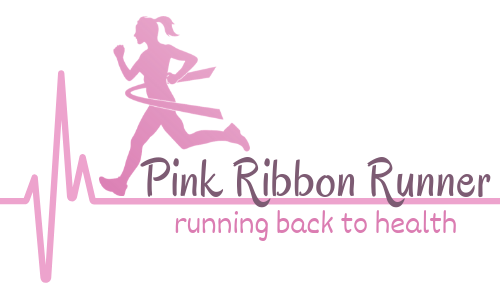
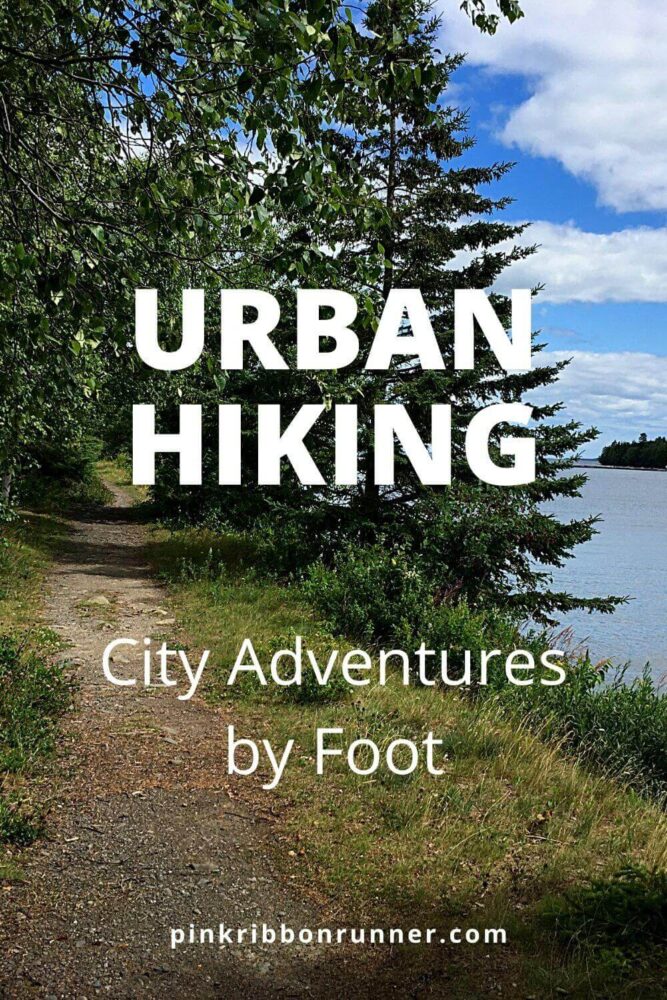


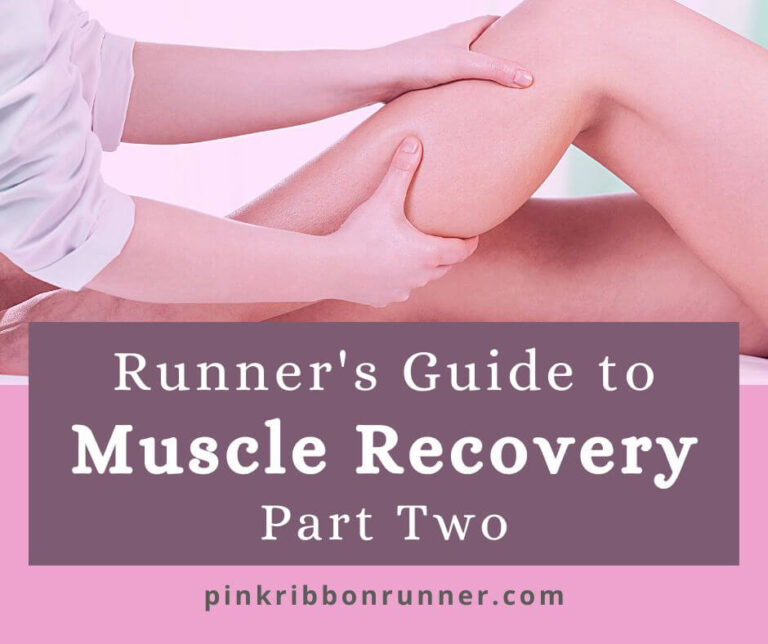


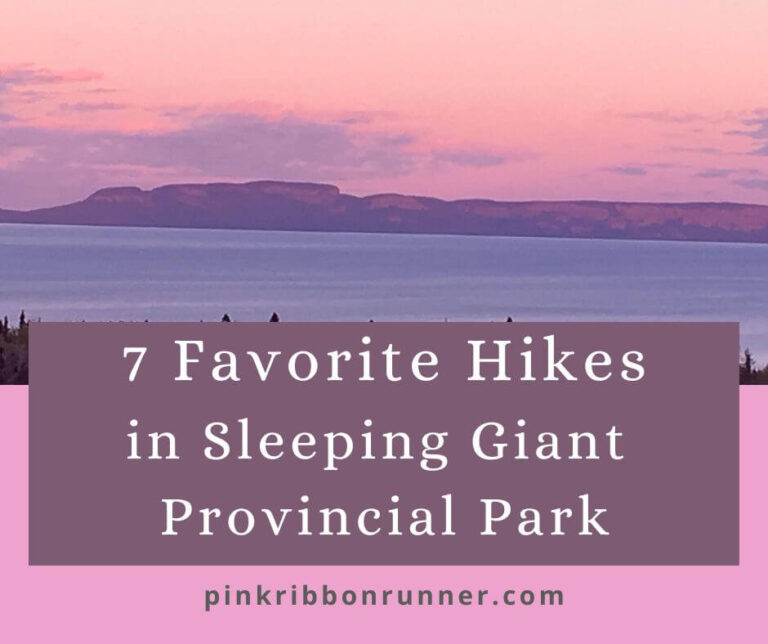

I’m going to have to add urban hiking to my fall bucket list! I’ve done a lot of hiking, but I’d never heard about urban hiking before. And those safety tips are fantastic! I wouldn’t have thought of some of those based on my hiking experience
Great information and tips regarding urban hiking. Sounds like another enjoyable way of exercising. Thank you for sharing this post.
This is so cool! This gives me motivation to move out of New York! lol
We live in a rural area, and I can’t imagine living in a big city full time. I sometimes need to go to larger cities for business, though. Thanks for the reminder that it’s still possible to get outside and hike!
Always love hiking and green areas in the cities are awesome choice though never thought of it as such..
What a great article. I love hiking and walking and checking places and scenery out. Never really thought about looking for urban hiking. Going search for that now thanks to this post. Thanks for sharing
I know you will find some wonderful adventures. Have fun!
Never thought to try urban hiking before. Thanks for the suggestion and tips.
You are very welcome. Thank you for taking the time to comment.
A great and new concept for me. I’ll definitely going to try it. Thanks for sharing 😊